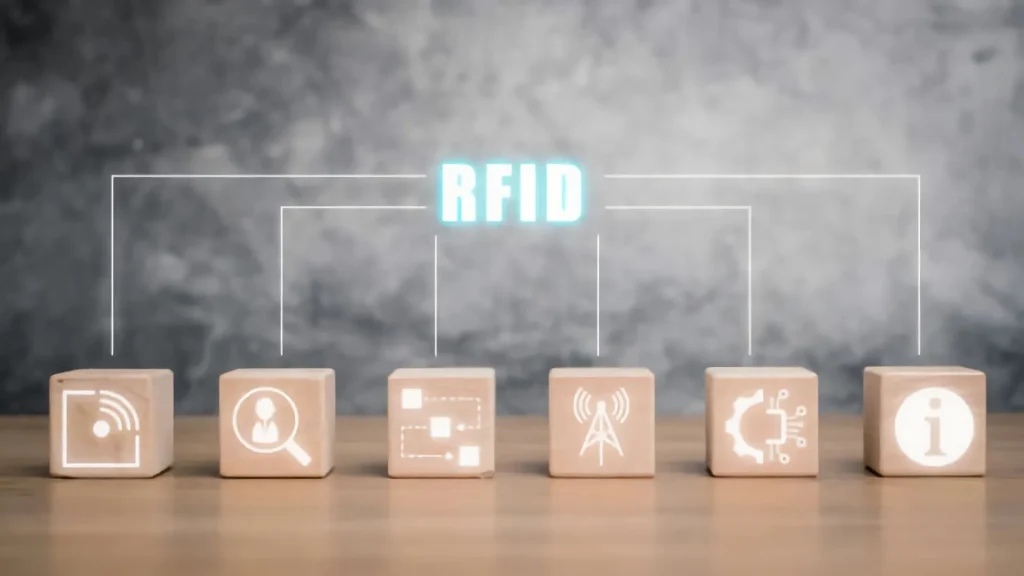Explore RFID Know-How
Unlocking the potential of digital transformation by connecting trillions of every item.
Digital transformation has dramatically reshaped the world over recent decades, and its pace is set to quicken further, with Radio Frequency Identification (RFID) poised as a key enabler in this evolution.
The Internet of Things (IoT) has already begun to link billions of devices and sensors, creating smarter homes, retail environments, buildings, cities, factories, and even farms. Yet, a vast number of products—spanning those made, moved, sold, used, and recycled—remain unconnected and thus fall into an ‘offline black hole,’ invisible and inaccessible to digital systems.
Radio Frequency Identification (RFID) is a cost-effective wireless technology that can bridge this gap. It offers a broad range of capabilities for identifying, authenticating, tracking, sensing, and interacting with everyday items. RFID has already demonstrated its potential by connecting tens of billions of items in recent years, and it is well-positioned to extend its reach to the trillions of items yet to be connected.
Understanding the role of RFID in this context will help you navigate and leverage this technology, keeping you ahead in the rapidly evolving digital landscape.
RFID Technology Basics
Get in touch with us
Connect with us for your RFID needs and inquiries!

